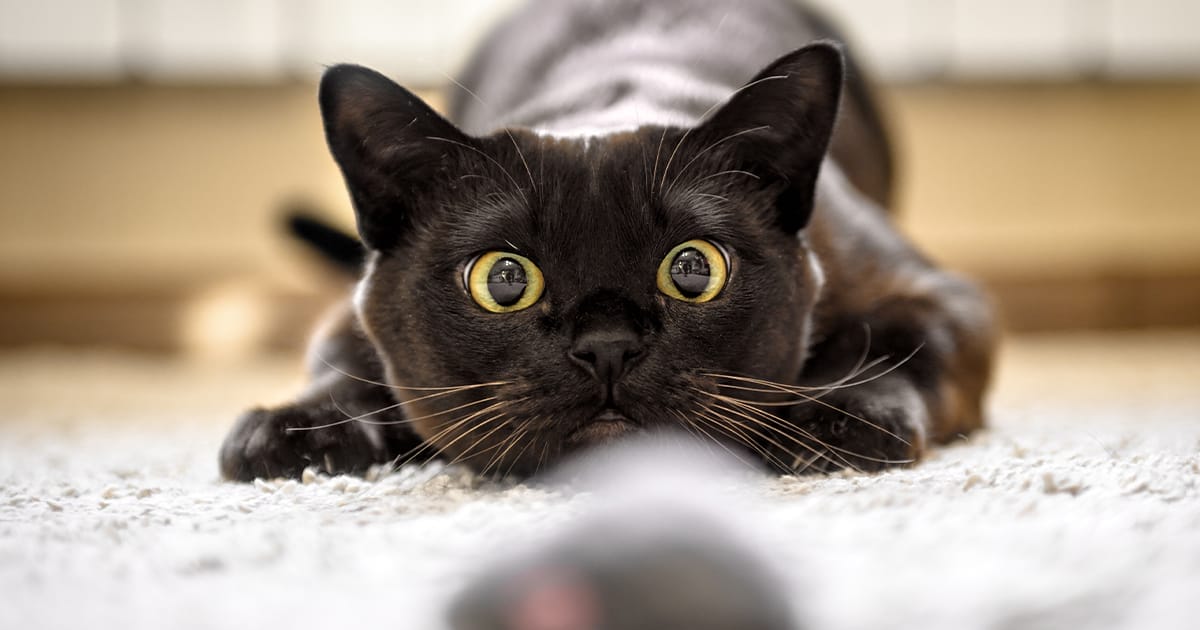Explore Insights with A4J6
A hub for the latest trends and information.
Cat Conversations: What Your Feline Friend is Trying to Tell You
Discover the secrets of your cat’s meows and purrs! Unlock the hidden meanings behind every feline conversation today.
Decoding the Meow: Understanding Your Cat's Vocalizations
Cats are known for their wide range of vocalizations, which can often leave their owners puzzled. While some sounds, like purring, are well understood as signals of contentment, other vocalizations can indicate a variety of emotions and needs. For instance, a short, sharp meow might be a cat's way of demanding attention, while a longer, more drawn-out sound might signal distress or a desire for food. Understanding these subtle nuances in your cat's vocalizations is key to decoding what they are trying to communicate.
In addition to meowing, cats use a variety of other sounds, such as chirps, hisses, and growls. Each of these vocalizations serves its unique purpose: chirping may indicate excitement or a hunting instinct, whereas hissing is often a clear warning sign that a cat feels threatened. By paying close attention to the context in which these sounds occur, along with your cat's body language, you can develop a deeper understanding of their feelings. Over time, you'll be able to respond appropriately and strengthen the bond with your feline companion.

Body Language Basics: What Your Cat's Posture Reveals
Understanding your cat's body language is essential for building a strong bond with your feline friend. Cats communicate their intentions and emotions through various postures, and being aware of these can help you respond appropriately to their needs. For example, a cat that has its ears pointed forward is typically feeling relaxed and curious, while a cat with ears flattened against its head may be feeling threatened or agitated. Observing these cues can enhance your relationship and create a more harmonious living environment.
Additionally, the position of your cat's tail can reveal a lot about its mood. A tail held high signifies confidence and happiness, whereas a low or tucked tail may indicate fear or submission. When your cat is feeling playful, you might notice its body leaning slightly forward with a twitching tail, ready to pounce. Paying attention to these signals not only helps you understand your cat better but also allows you to respond to its behavior in a way that fosters trust and security. Remember that each cat is unique, so taking the time to learn about their specific body language will make all the difference.
Why Does My Cat Purr? Exploring the Science Behind Feline Behavior
Understanding why your cat purrs involves diving into the fascinating world of feline behavior. Purring is often associated with contentment, but it can also signify a range of emotions and states. For example, cats may purr when they are happy, relaxed, or even when they are in pain. This duality makes purring a complex behavior that serves various functions, including self-soothing during moments of stress or injury. Observing your cat's body language and context can provide valuable clues about their emotional state when they start to purr.
On a physiological level, the sound of a cat's purr is created by the rapid contraction and relaxation of the muscles within the larynx, or voice box. This process produces a unique sound that falls within the frequency range known to promote healing. Researchers have suggested that the vibrations produced during purring may even help with tissue regeneration and pain relief. Therefore, your cat's purring might not only indicate a feeling of well-being but could also be a natural mechanism for staying healthy and resilient.